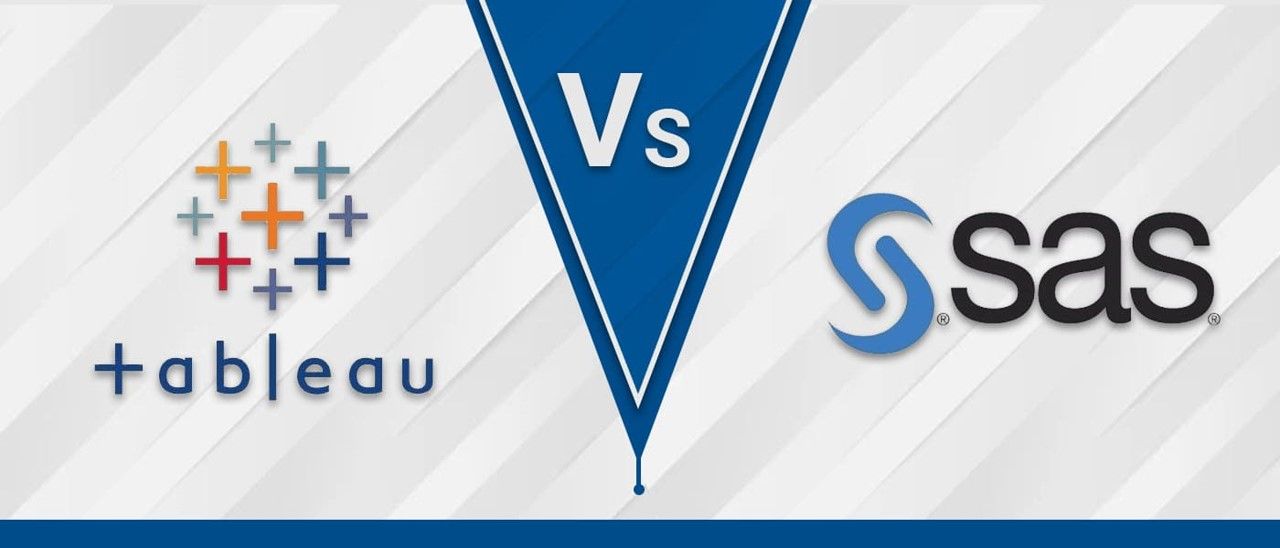
Tableau: An Ascendant Luminary in Visualization

Introduction
As data analysis continues to play a pivotal role in decision-making across diverse industries, the demand for robust tools capable of extracting insights and guiding informed strategies has surged. Among the array of options available, SAS and Tableau stand out as two prominent contenders in the data analysis arena.
SAS: A Veteran's Legacy in Analysis
SAS, an acronym for Statistical Analysis System, has cemented its position as a stalwart in the data analysis domain. Tracing its origins back to the 1970s, SAS boasts a rich legacy of furnishing advanced analytics solutions across a spectrum of industries. Anchored by its formidable programming language, SAS programming empowers users to manipulate, analyze data, construct statistical models, and generate reports. With an extensive repertoire of statistical procedures and data management functionalities, SAS emerges as the preferred tool for researchers and statisticians alike.
Strengths of SAS
SAS is revered for its robustness and adaptability, offering users a flexible programming language conducive to executing intricate data transformations and statistical analyses seamlessly. The availability of comprehensive documentation and robust online community support further facilitates the learning curve and troubleshooting process. Moreover, SAS is lauded for its reliability and stability, rendering it an optimal choice for undertaking large-scale data analysis endeavors. Its prowess in efficiently handling voluminous datasets sets it apart from its counterparts.
Limitations of SAS
Despite its accolades, SAS harbors certain limitations. Foremost among these is its pricing model, which may prove exorbitant for small enterprises or individual users. Additionally, SAS can pose a steep learning curve, particularly for novices unacquainted with programming paradigms. This intricate learning curve might deter potential users seeking more user-friendly alternatives.
Tableau: An Ascendant Luminary in Visualization
Contrasting SAS's longstanding tenure, Tableau emerges as a relatively nascent contender in the data analysis realm. Distinguished by its intuitive data visualization tools, Tableau empowers users to explore and analyze data through a user-friendly interface. Leveraging a drag-and-drop mechanism, Tableau renders data analysis accessible to individuals devoid of programming acumen. With its emphasis on visual analytics, Tableau endeavors to bridge the chasm between data and decision-makers, facilitating expedited, data-driven decision-making processes.
Strengths of Tableau
Tableau's foremost strength lies in its potent and interactive visualizations. Offering an extensive array of visualization options, ranging from basic bar charts to intricate maps and network graphs, Tableau not only captivates aesthetically but also enables users to unearth patterns, trends, and outliers with consummate ease. Its intuitive interface and user-friendliness render it a favored choice across diverse professional domains.
Limitations of Tableau
While Tableau shines in the realm of visual analytics, it may falter concerning robust statistical analysis capabilities. Its repertoire may not match the extensive statistical functionalities offered by SAS, thus potentially proving inadequate for users necessitating advanced statistical modeling and data manipulation. Moreover, Tableau's reliance on external data sources might occasionally engender sluggish performance, particularly when grappling with voluminous datasets.